15 Best things to do in Tanzania
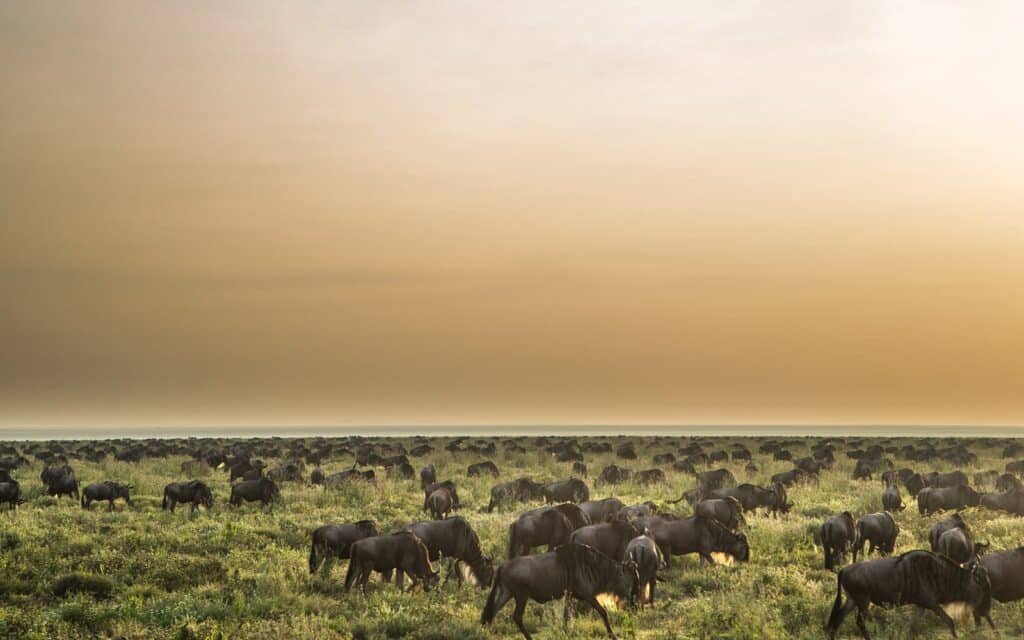
You’d need a lifetime to explore all that Tanzania offers, but our list of top things to do is a great place to start. Witnessing wildebeests and zebras gallop across Serengeti National Park as part of the Great Migration, trekking volcanoes, or climbing Mount Kilimanjaro, Tanzania’s best attractions are big, bold, and beautiful. The best […]
Best Local Tanzania Tour Company
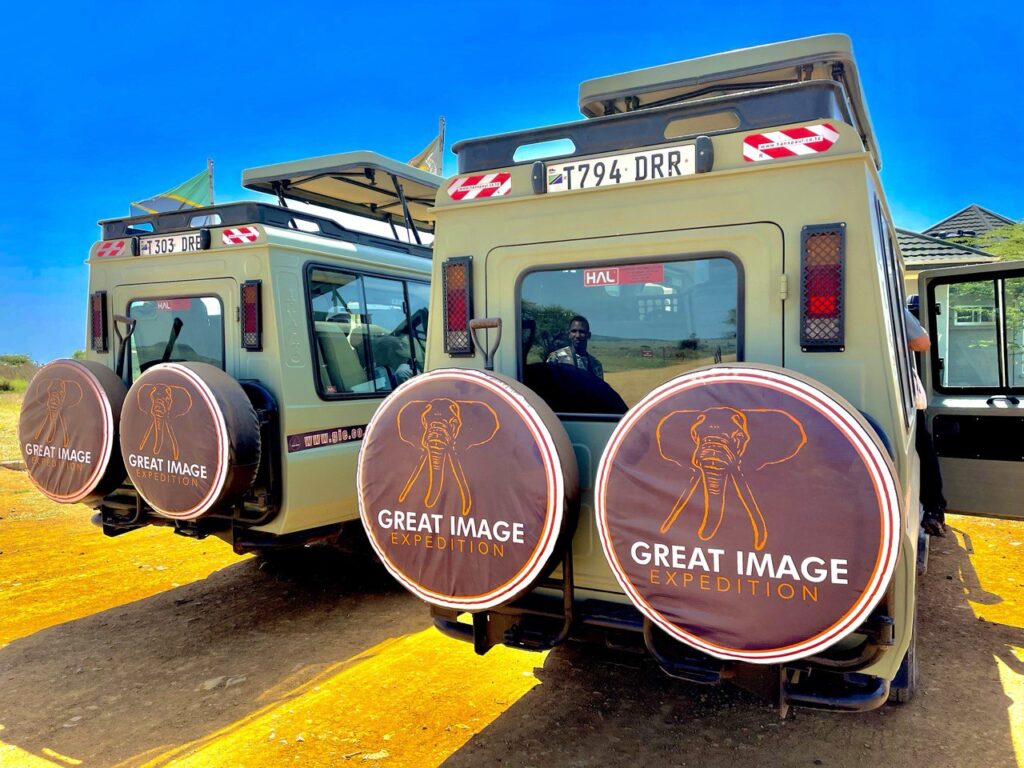
Tanzania is a jewel in East Africa, boasting diverse landscapes, rich wildlife, and vibrant cultures. If you’re an avid traveler seeking an authentic experience, exploring Tanzania through the best local tour company is the key. This guide will delve into the best local tour companies and uncover the treasures that make this extraordinary destination. We […]
Ndutu Calving Season: A Natural Marvel
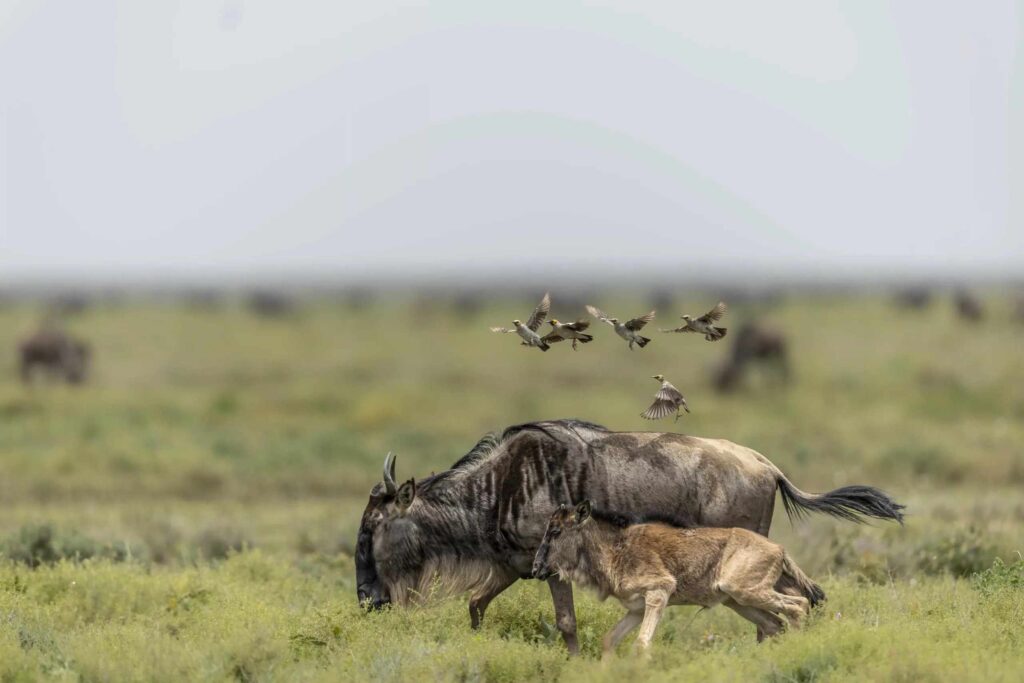
The vast savannas of Ndutu come alive during the Ndutu Calving Season, a remarkable natural event that captures the essence of life in the wild. This annual phenomenon, marked by the birthing of wildebeest and zebra calves, is a spectacle that not only mesmerizes visitors but also plays a crucial role in the ecosystem’s delicate […]
Tanzania Religions Embracing Diversity for Unity
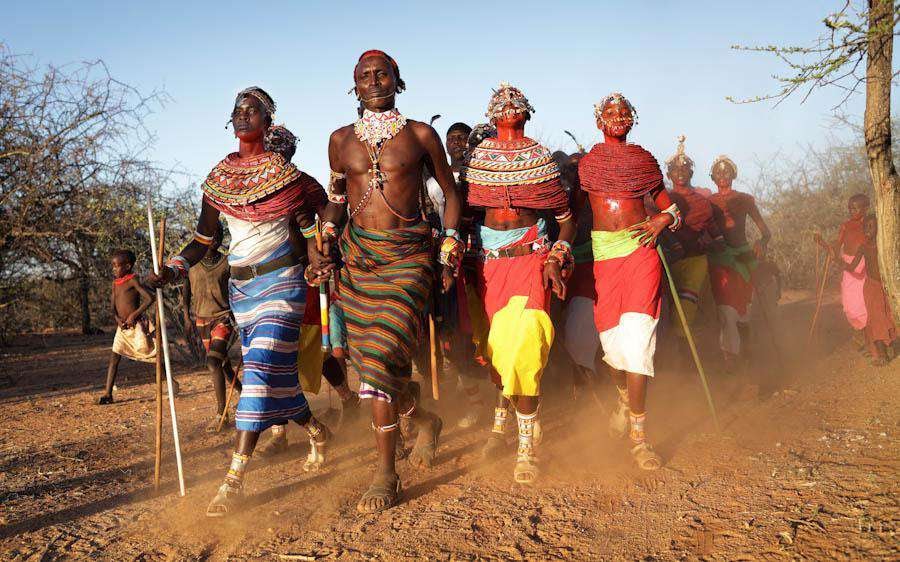
Tanzania Religions, a country nestled in the heart of East Africa, is a vibrant tapestry of cultures and traditions. Central to this mosaic is its diverse religious landscape, encompassing Christianity, Islam, and indigenous belief systems. This article delves into the rich tapestry of Tanzania’s religious diversity, exploring the coexistence, challenges, and opportunities that shape this […]
Tanzania Food: 15 Dishes to Try in Tanzania

Tanzanian Cuisine: A Journey Through Local Flavors is a vibrant tapestry of flavors, cultures, and traditions. This East African country boasts a diverse culinary heritage that reflects the influences of various ethnic groups, including the Bantu, Arabs, and Indians. This article will explore Tanzanian cuisine’s unique dishes, staple foods, and regional variations. Tanzanian Cuisine: A […]
Lake Victoria History and Facts
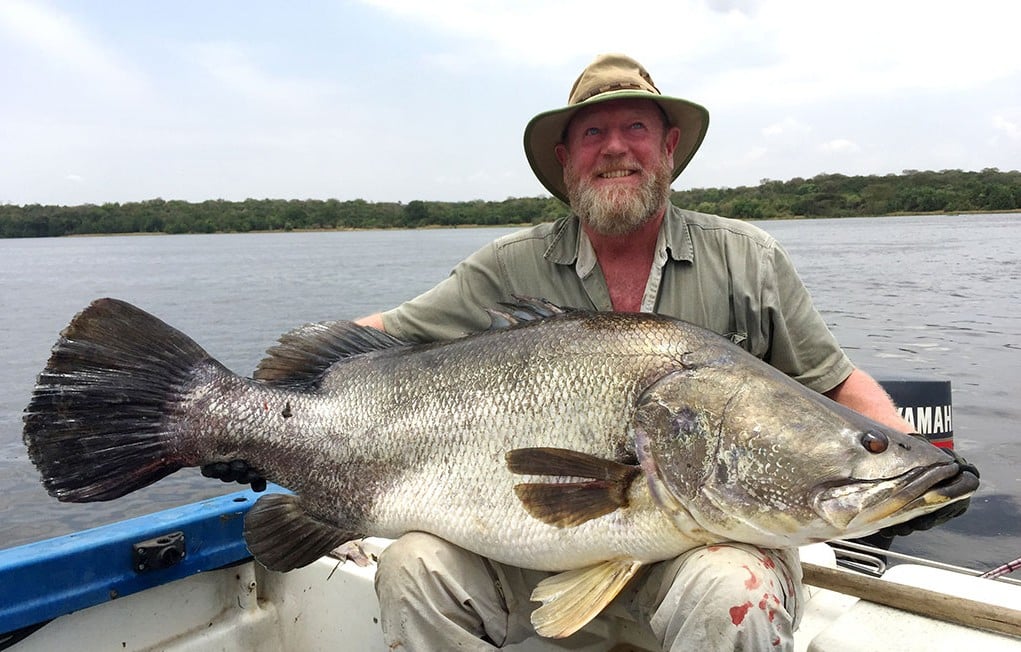
Lake Victoria, the largest tropical Lake in Africa, is unique and prominent in the heart of East Africa. Nestled in the Great Rift Valley, this natural wonder boasts fascinating features, a history, and ecological significance. This article will explore Victoria’s secrets, revealing its natural beauty, cultural importance, and environmental challenges. The Magnificent Lake Victoria A […]
Top Best Things to do in Serengeti
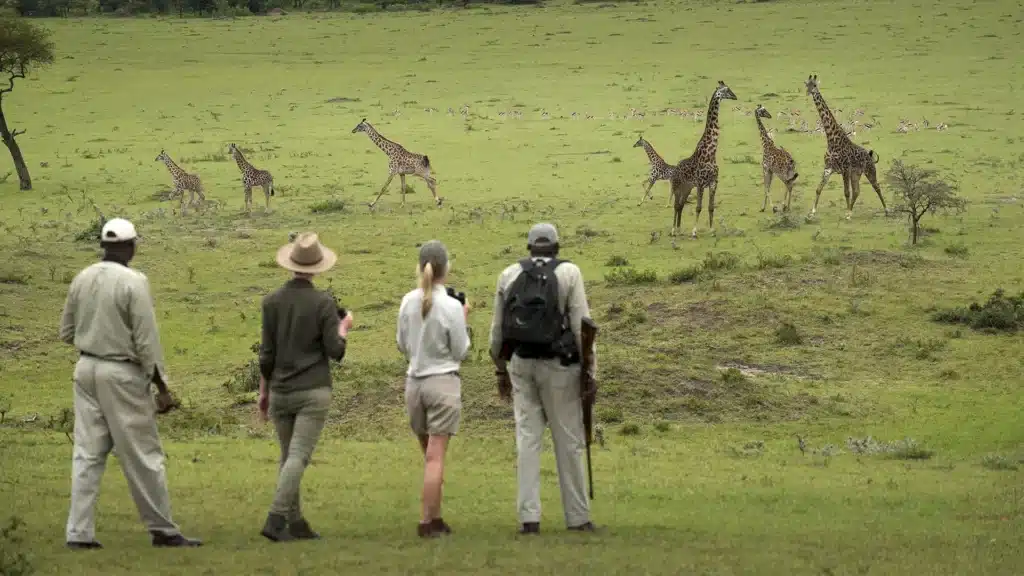
Top Best Things to do in Serengeti Embarking on a safari adventure offers incredible opportunities to immerse yourself in nature and witness remarkable wildlife encounters. Here are 10 exclusive travel experiences that you’ll only find on a safari: The Serengeti National Park is a natural wonder that draws adventurers and wildlife enthusiasts from all […]
What to do in Dar es Salaam

Dar es Salaam, the bustling coastal city of Tanzania, is a vibrant and exciting destination for travelers. This East African gem offers many activities and experiences, including its rich cultural heritage, stunning landscapes, and warm hospitality. In this article, we will explore the top things to do in Dar es Salaam, ensuring you make the […]
Things to See and Do in Arusha

A city in the heart of Tanzania has remarkable beauty and a rich cultural heritage. This article invites you to embark on a journey to explore this vibrant city, uncovering its hidden gems, natural wonders, and the cultural tapestry that makes it a unique destination. TABLE OF CONTENTS: -Horses Riding -Catching the sunrise Visit Meserani […]
Serengeti Mara River
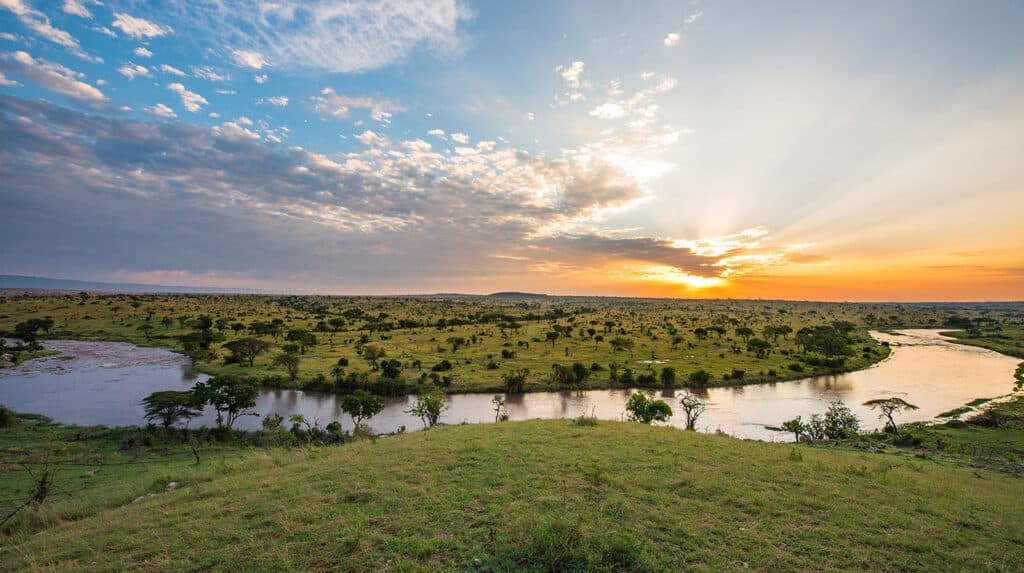
The Serengeti Mara River begins in Narok County (Kenya) and ends in the Mara Region (Tanzania). It crosses the migration path of ungulates in the Masai Mara/Serengeti ecosystem. The Serengeti Mara River, an iconic waterway in East Africa, is more than just a river; it’s a lifeline for an incredibly diverse range of wildlife and […]

